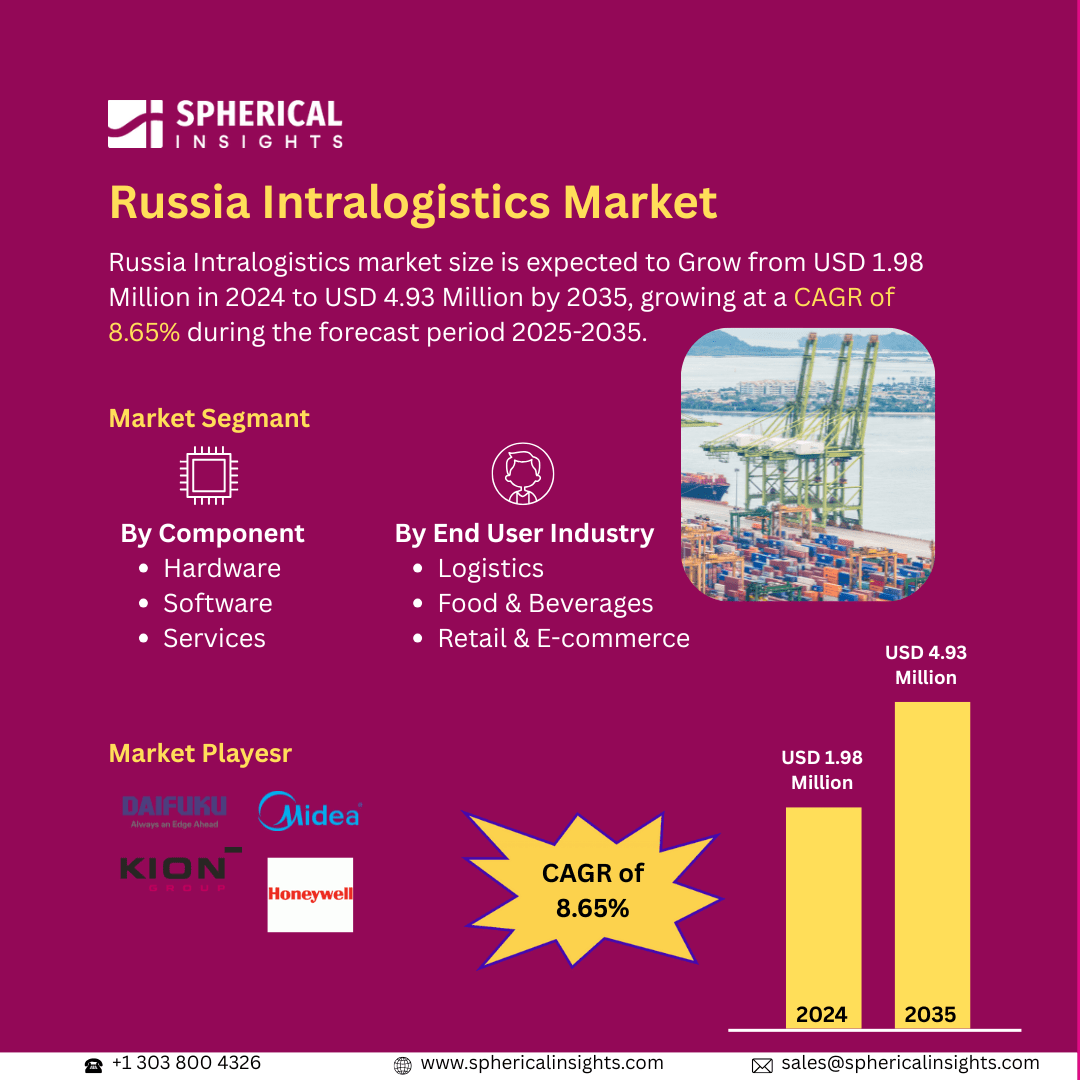Global Bio-polyamide Market Size to Exceed USD 1508.03 Million by 2033
According to a research report published by Spherical Insights & Consulting, The Global Bio-polyamide Market is Expected to Grow from USD 240.06 Million in 2023 to USD 1508.03 Million by 2033, at a CAGR of 20.17% during the forecast period 2023-2033.
Browse 210 Market Data Tables and 45 Figures Spread Through 190 Pages and In-Depth TOC On the Global Bio-polyamide Market Size, Share, and COVID-19 Impact Analysis, By Product (PA-6, PA-66, and Specialty Polyamides), By Application (Fiber and Engineering Plastics), and By Region (North America, Europe, Asia-Pacific, Latin America, Middle East, and Africa), Analysis and Forecast 2023 - 2033.
The Bio-polyamide market is the polyamides derived from renewable natural sources such as castor oil, fats, microbial synthesis, and agriculture feedstocks. This biopolyamide is a significant replacement for traditional polyamide. The bio-polyamide is used as an eco-friendly material in several sectors. Polyamide is a polymer that is held together with amide bonds. Textiles such as silk, wool, and nylon are all examples of polyamides. Silk and wool are naturally occurring polyamides, but nylon is a synthetic polyamide. Synthetic polyamide thermoplastics are important in engineering because they provide high performance at an affordable price. Furthermore, it boosts the usage of polyamide in the vehicle industry in air intake manifolds, valve covers, engine covers, and airbag housing, and it is utilized for outer components including wheel covers, handles, grilles, and fuel caps. The parts also utilize metal, but the polyamide reduces their weight, is fuel-efficient for vehicles, and also reduces the cost of production. However, polyamides are a highly beneficial material, but sometimes polyamides become wet, and this is unfavorable for the market since wet polyamide is 50% weaker than dry polyamide when it comes to tensile strength. Polyamide sometimes becomes shorter when cast, and these attributes will slow down the market growth rate.
The PA-66 segment held the largest share in 2023 and is estimated to grow at a significant CAGR during the forecast period.
Based on the Product, the global bio-polyamide market is segmented into PA-6, PA-66, and specialty polyamides. Among these, the PA-66 segment held the largest share in 2023 and is estimated to grow at a significant CAGR during the forecast period. Increasing use of the electrical and electronics, automotive, aerospace, and marine industries has fueled the demand for the bio-polyamide market. The PA-66 is used in the manufacturing of high-quality cables and is also raising the demand in the market.
The engineering plastics segment held the largest share in 2023 and is estimated to grow at a significant CAGR during the forecast period.
Based on the application, the global bio-polyamide market is divided into fiber, engineering plastics. Among these, the engineering plastics segment held the largest share in 2023 and is estimated to grow at a significant CAGR during the forecast period. The engineering segment is employed in the development of energy-saving and eco-friendly solutions, which is increasing the market growth. In the electronic and automation sectors, engineering plastic is employed due to its light weight and strength, the weight ratio.
North America is estimated to hold the highest share of the global bio-polyamide market over the predicted timeframe.
North America is estimated to hold the highest share of the global bio-polyamide market over the predicted timeframe. In North America, the global bio-polyamid market is driven by strong interest and significant preparation with the automotive and packaging industries. The industries that are working in these markets are focusing on bio-based polyamide to fulfill the consumers' demands, which is rising the market demand.
Europe is estimated to grow at the fastest CAGR of the global bio-polyamide market during the forecast period. This is because, in Europe, the government has strict environmental regulations for consumers to use very suitable and eco-friendly products, which have less damage to the environment. To increase the demand for bio-based materials, and bio-polyamide as a most potent alternative to traditional plastic, the European Union's green deal is working on it.
Company Profiling
Major vendors in the global bio-polyamide market are LEALEA ENTERPRISE CO., LTD., LANXESS, EMS-CHEMIE HOLDING AG, INVISTA, BASF SE, DOMO Chemicals GmbH, Arkema, Huntsman International LLC, Honeywell International Inc., DSM, TORAY INDUSTRIES, INC., Radici Partecipazioni SpA, DuPont, Evonik Industries AG, Solvay, ZIG SHENG INDUSTRIAL CO., LTD, Quadrant Group Limited, UBE Corporation, and Asahi Kasei Corporation and others.
Key Target Audience
- Market Players
- Investors
- End-users
- Government Authorities
- Consulting and Research Firm
- Venture capitalists
- Value-Added Resellers (VARs)
Recent Development
- In June 2024, the Italian company Fulgar launched the Q-Geo, a new bio-based polyamide yarn to meet the demands of the textile industry. The bio-based polyamide yarn is made up of 46% edible corn, this corn is grown on land that is not preferred for food production, that's why it reduces the environmental impact as compared to traditional materials.
Market Segment
This study forecasts revenue at global, regional, and country levels from 2023 to 2033. Spherical Insights has segmented the bio-polyamide market based on the below-mentioned segments:
Global Bio-polyamide Market, By Product
- PA-6
- PA-66
- Specialty Polyamides
Global Bio-polyamide Market, By Application
- Fiber
- Engineering Plastics
Global Bio-polyamide Market, By Regional
- North America
- Europe
- Germany
- UK
- France
- Italy
- Spain
- Russia
- Rest of Europe
- Asia Pacific
- China
- Japan
- India
- South Korea
- Australia
- Rest of Asia Pacific
- South America
- Brazil
- Argentina
- Rest of South America
- Middle East & Africa
- UAE
- Saudi Arabia
- Qatar
- South Africa
- Rest of the Middle East & Africa



